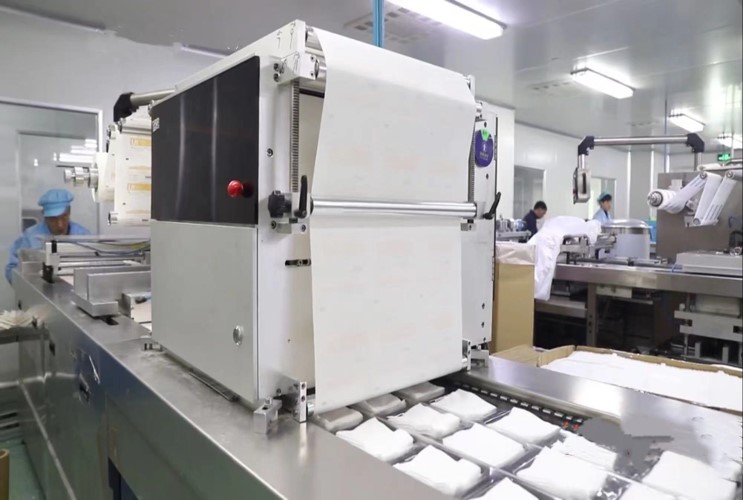Emerging Trends in Healthcare 2025: Innovative Applications and Development of Cut Gauze Swabs
11/18/20241 min read
Introduction to Healthcare Innovations in 2025
As we look toward the future of healthcare in 2025, significant innovations and applications are emerging that promise to transform patient care and treatment methods. Among these trends is the development of advanced cut gauze swabs, which are set to revolutionize wound care management. This blog post explores the innovative applications of cut gauze swabs and their role in the evolving healthcare landscape.
Advancements in Cut Gauze Swab Technology
The next generation of cut gauze swabs is being designed with both efficacy and safety in mind. These innovative swabs may incorporate features such as antimicrobial coatings, which help prevent infections at the wound site. Additionally, modern manufacturing techniques allow for the creation of gauze swabs that are more absorbent and better suited for various types of wounds, ensuring optimal healing. The focus on reducing adverse reactions and improving biocompatibility is also a key area of development.
Impact on Patient Care and Healthcare Providers
Healthcare providers can expect significant benefits from the integration of advanced cut gauze swabs. These innovations not only enhance the quality of care but also streamline the recovery process for patients. With improved designs, medical personnel can manage wounds more effectively, leading to reduced hospital stays and healthcare costs. As healthcare delivery continues to prioritize speed and efficiency, these swabs will play an essential role in patient outcomes.
As we progress into 2025, the healthcare industry must embrace these emerging trends and innovations, particularly in wound care. The development of advanced cut gauze swabs is a prime example of how technology is shaping the future of patient treatment and care processes. By keeping abreast of such advancements, healthcare professionals can ensure that they provide the best possible care for their patients.
© 2024. All rights reserved.


